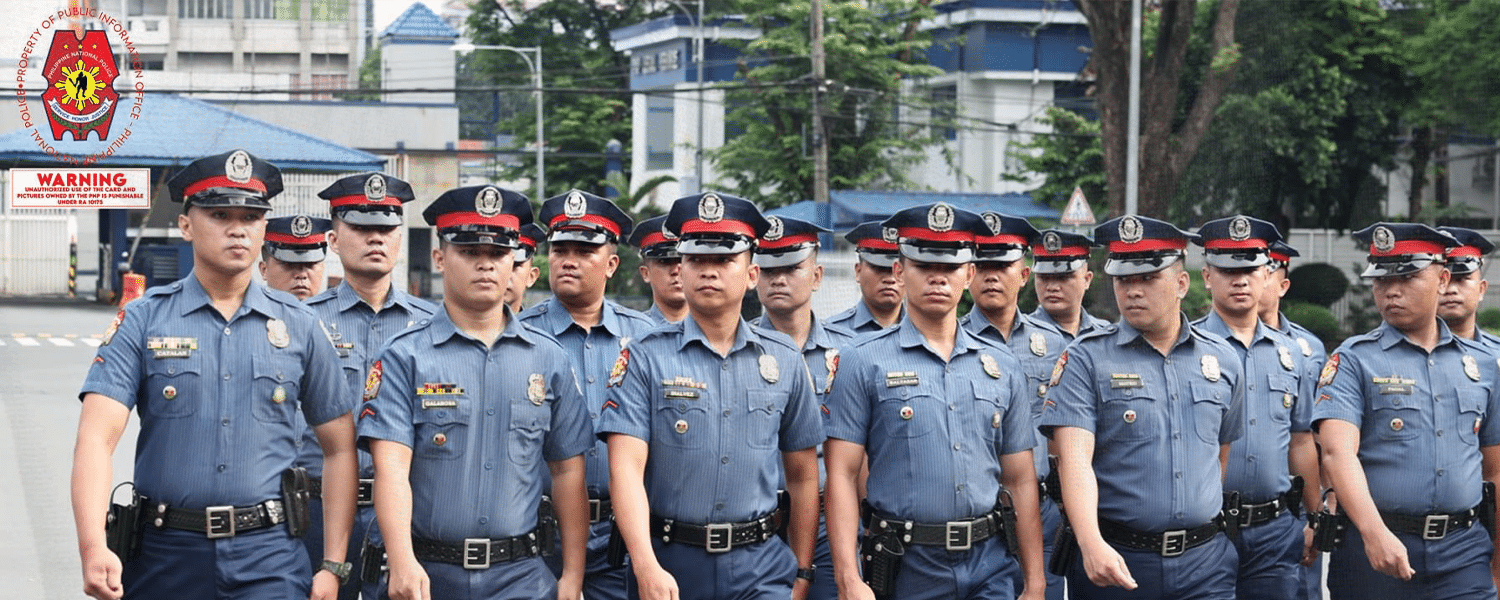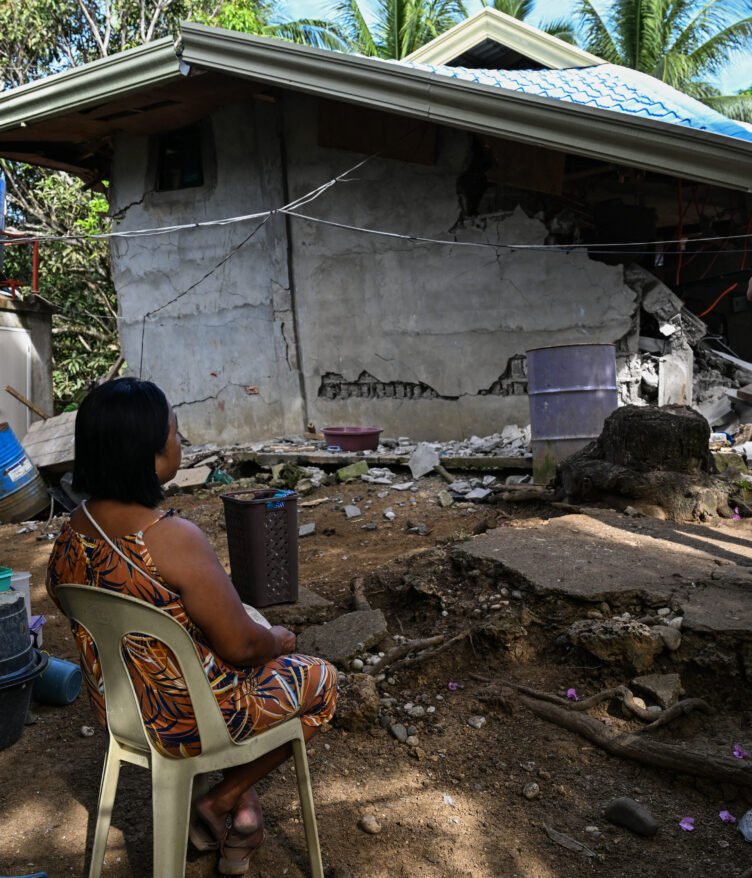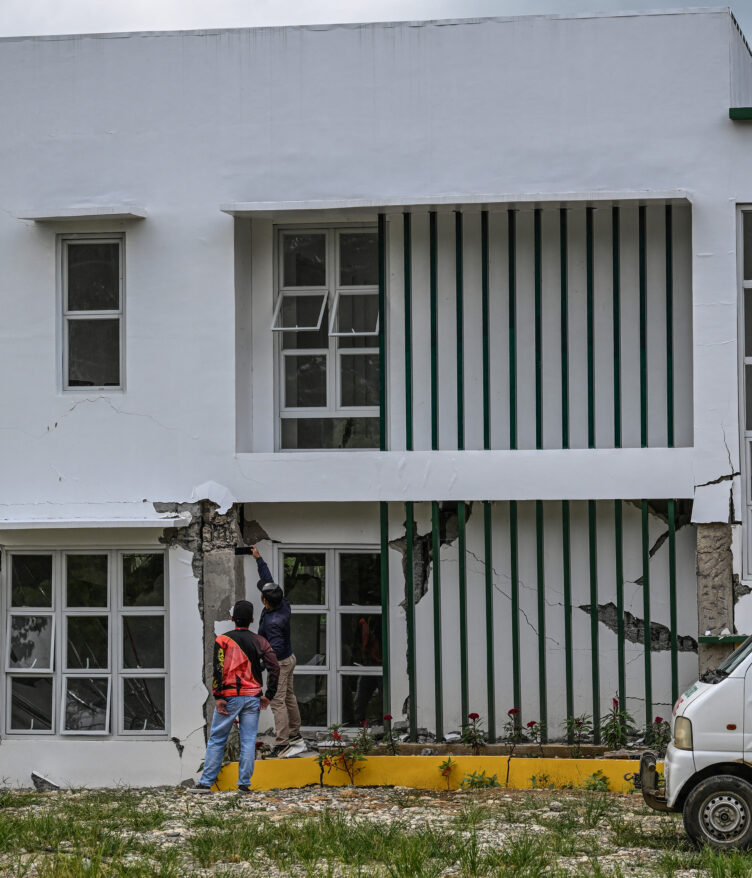From January to June of 2023, the Philippine National Police (PNP) announced that there had been a substantial decrease with a total of eight focus crimes in the Philippines. They found that the average Focus Crimes Monthly Crime Rate had decreased by 10.13%.
Some of the crimes that were said to have decreased in number were motorcycle theft. physical injury, robbery, murder, homicide, theft, and rape.
It was also stated by PNP back in 2022 that crime rates considerably decreased as compared to the previous year; from July to August 2022, 29, 630 cases had been reported. During the start of the pandemic in 2021, the numbers were at 35, 237.
With regard to the statement, 22-year-old Paola Therese Ruiz de Luzuriaga says that she finds the statement to be suspicious, especially considering the number of crimes that continue to happen all over the country. She notes that many cases often fall on deaf ears, or are otherwise unreported.
“I honestly don’t think I feel this so-called rate drop; I think the crime rates in the country now are still as bad as before, if not worse,” she continued.
In a survey conducted by republicasia that asked 101 people if they feel safe whenever they’re in public, 86 answered that they do not.
Still uneasy
Sexual harassment, violence, illegal drug use, theft, and gambling – these are just some of the crimes that 22-year-old De La Salle University student Yzabel Danielle Yu feels are still rampant despite the lowered crime rates reported by PNP.
For years, the world was confined to the digital world, to a purely online setup. Though only being able to meet through screens definitely had its drawbacks, one good thing that it brought was that it helped keep people safe from the dangers one has to be ready to face out on the streets.
While Yu feels safer now that her school’s gone back to face-to-face classes, she also says that the fear of something bad happening to her never really goes away completely.
“I think it’s become better hidden rather than stopped,” she said with regard to the crime rate drop.
It’s a man’s world
In 2021, an article from the Philippine News Agency found that 25% of Filipinos see violence against women as a concern in the country.
While crime rates may have lowered, this has done little to quell the anxiety of many women who walk the streets, on high alert at all times because they’re one of the groups that are most susceptible to danger. In the past, the Philippines was even labeled one of the most dangerous places for women among 14 other countries within the Asia-Pacific.
Yu recounts how in the past, there were numerous times wherein men would follow her home. She’d even seen men masturbating along the street, staring at her as she passed by. She does feel more comfortable when walking during the day but still feels anxiety because the area she lives in is notorious for the number of addicts that loiter within it.
There was even a time after face-to-face classes wherein a tricycle driver started following her, calling for her attention.
“At first, I thought it was because he was trying to pick up passengers [but] when I declined, he continued hollering [at me] and started following me home,” she recounted.
A woman sitting behind him, who Yu assumed to be the man’s partner, started yelling at her as well.
The woman would look in Yu’s direction every few seconds before whispering to the driver; he would then rev his engine, go forward a few feet, and then stop. Yu had to hide in a nearby establishment and wait for them to leave before she was able to carry on home.
To protect herself, Yu has had to resort to carrying at least one form of self-defense in all of her bags as well as in her home, keeping them close to her bedside, prepared for anything that may happen at any moment.
Yu’s experience is just one of the terrifying things women in the Philippines have to experience on a daily basis.
Every time a girl leaves her home to attend face-to-face classes, there is the constant threat of being catcalled, harassed, raped, or being killed just looming in the air.
What can be done?
Given how students continue to feel uneasy as they walk the streets of the Philippines, perhaps there is more to be done to fix the current justice system in the Philippines.
Due to experiences in the past, Yu has difficulty trusting PNP officers; “I feel as though [they] don’t really know what is and isn’t their responsibility,” she’d said.
This is because in 2022, her number had been lead and she’d approached three different PNP stations after getting harassed by several different people. Each station, however, would give her conflicting instructions.
Later on, she was turned over to the NBI Cybercrime Unit, but was turned away because the case apparently wasn’t in their jurisdiction. Yu lateer found out that PNP had given her the wrong unit address for the NBI’s office.
“Perhaps the police could do something like a stricter or more transparent form of training for their officers to avoid situations like this,” she suggested.
Luzuriaga also recommends that not just PNP but the government as well as educational institutions in the Philippines should learn to be more proactive in implementing security measures, especially in public places, because crimes can take place at any time, whether it be morning, afternoon, or night.
How useful was this post?
Click on a star to rate it!
Average rating 0 / 5. Vote count: 0
No votes so far! Be the first to rate this post.
We are sorry that this post was not useful for you!
Let us improve this post!
Tell us how we can improve this post?









